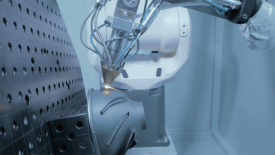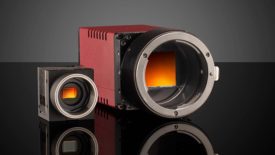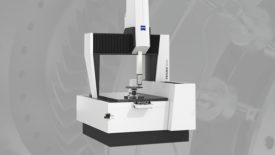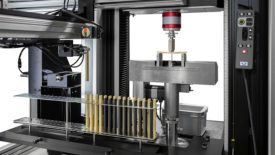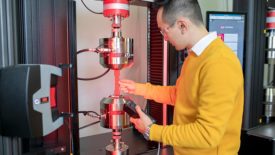Featured on Home Page
Management | Robotics
The pandemic has only fueled the worker shortage, prompting manufacturers to embrace automation in large numbers. Senior leadership can ensure robotics are implemented correctly.
Read More
Quality 101
Building Blocks to Improve Organizational Culture
Lay out a road map to achieve organizational excellence and build a culture around it.
May 30, 2023
Vision & Sensors | Sensors
New Sensors and Machine Vision Applications Drive Advances in Optics
New opportunities continually emerge — including in the field of robotics and autonomous machines.
May 22, 2023
Column | Darryl Seland
From the Editor: Root Cause
Are we tackling the symptoms of the disease?
May 22, 2023
Vision & Sensors | Camera Interfaces
CLHS IP Core Enables 25 Gbps Products To Quickly Reach The Market
CLHS uses a proven core that is easy to use, operates at 10g, 25g, and has a roadmap to 50g.
May 18, 2023
Speaking of Quality | John Vandenbemden
Auditing vs. Inspection
Even though there are similarities, these tools have different intent.
May 17, 2023
High- Speed Measurement
Precision at All Altitudes: High-speed Measuring of Aerospace Parts with Shopfloor CMMs
Quality assurance performed at the site of production can identify and possibly even avoid manufacturing errors.
May 16, 2023
Quality 101
Automation in Materials Testing
There are many different parts of a universal testing machine that can be partially or fully automated depending on the specific needs of your lab.
May 15, 2023
Quality 101
Automation’s Growing Role in Universal Testing
The pandemic proved just how important universal testers are to quality. As staff shorages endure, automation is keeping this technology on point.
May 10, 2023
Stay in the know with Quality’s comprehensive coverage of
the manufacturing and metrology industries.
eNewsletter | Website | eMagazine
JOIN TODAY!Copyright ©2024. All Rights Reserved BNP Media.
Design, CMS, Hosting & Web Development :: ePublishing

